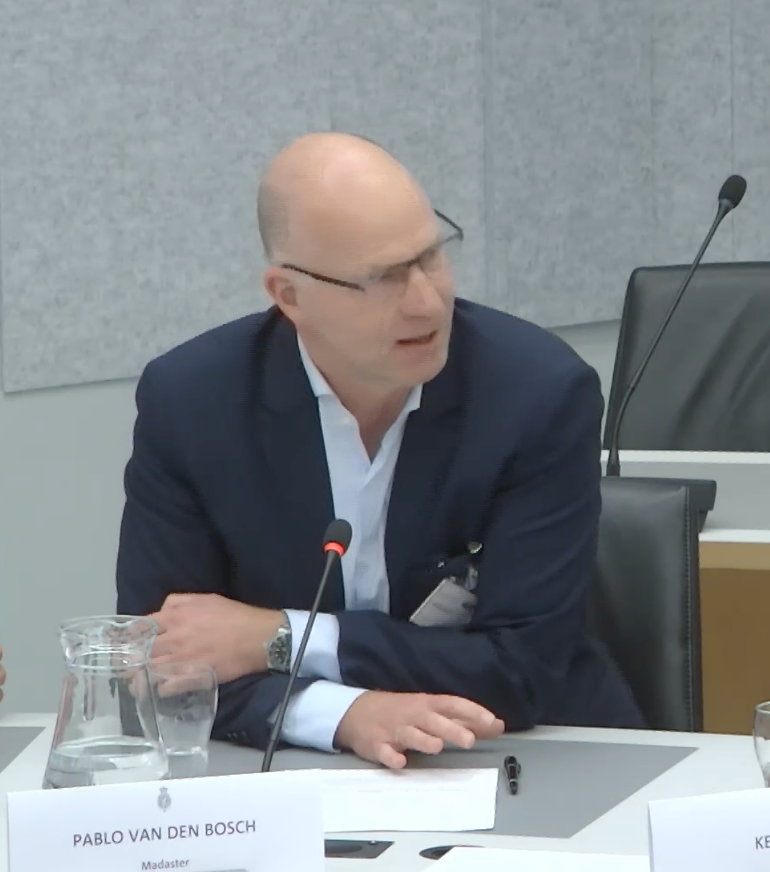NEW CONSTRUCTED LOGIC
Author: Carol Lemmens, Supervisory Board Member Madaster
I heard about the circular economy for the first time during an event called Abundance, hosting Peter Diamandis and other knowledgeable speakers at the Carré theatre. In his lecture, Diamandis identified the circular way of thinking as an alternative approach to sustainability. In fact, he presented it as old wine in new bottles. An interesting, but still rather abstract concept. Some years later, around 2015, I had the pleasure of attending a gathering where Dame Ellen MacArthur made an impassioned argument in favour of the circular economy. For me, the penny dropped when I heard her personal story and the simplicity with which she described the circular economy and the need for it. I have been a staunch advocate of the circular economy ever since, and have been involved, on a global level, in numerous initiatives, research studies and projects on the built environment. I consider it a privilege to be able to work on this theme around the world.
The aspects of the circular economy with regard to the built environment often focus on the quick wins. In many instances, we go very easy on ourselves by arguing in hindsight why certain solutions are circular. This is what I call ‘reconstructed logic’. Honestly speaking, I do not believe that this is the basis for innovation. Truly circular solutions can only emerge if the description of the initial ambition expressly includes all aspects of the circular economy. Call it constructed logic. For each project, you should ponder, beforehand, what a circular solution would look like. What type of collaboration would this require within the supply chain? How would this affect the subject? How would this change the financing? How could more value be developed (or costs reduced), compared to current practice? What are the joint incentives? How could success be defined?
Ultimately, we would look for the optimal mix of a healthy economic business case and qualitative results, such as social impact, sustainability, functionality and use.
Madaster has the inherent characteristics to be an important part of this puzzle. It works on the principle that materials without an identity are worthless (i.e. waste). Arguing in the reverse, assets including their underlying components and materials therefore do have a certain value if we know their identity. Having access to that information is mission critical, one could say. Madaster has been developed to provide access to such useful information.
I would even go as far as saying that Madaster should become a completely independent and neutral platform to be used by each and every owner of a building, road or bridge, as well as all financial organisations, builders, real estate agents and designers. Thus, forming a source of information that enables utilisation of the actual value of assets to their fullest potential. How this value could be turned into capital would depend on a yet to be created practice: new constructed logic.
This is easier said than done. Ensuring that Madaster is constructed in a robust and ethical manner and is fit for purpose, calls for involvement and contributions from all stakeholders in the built environment.
It also calls for critical friends, who continually challenge and stimulate the Madaster Foundation, so that the platform can become increasingly better and more useful. This is something that I would personally like to contribute to.



